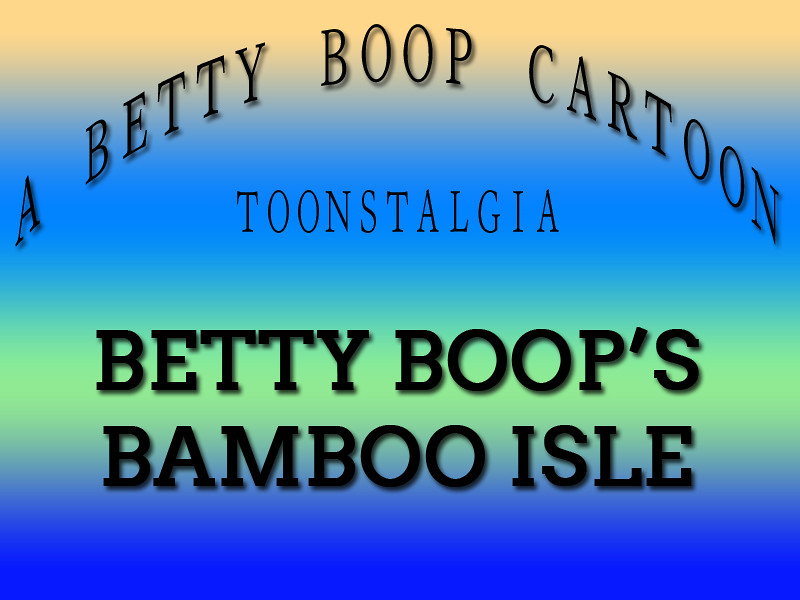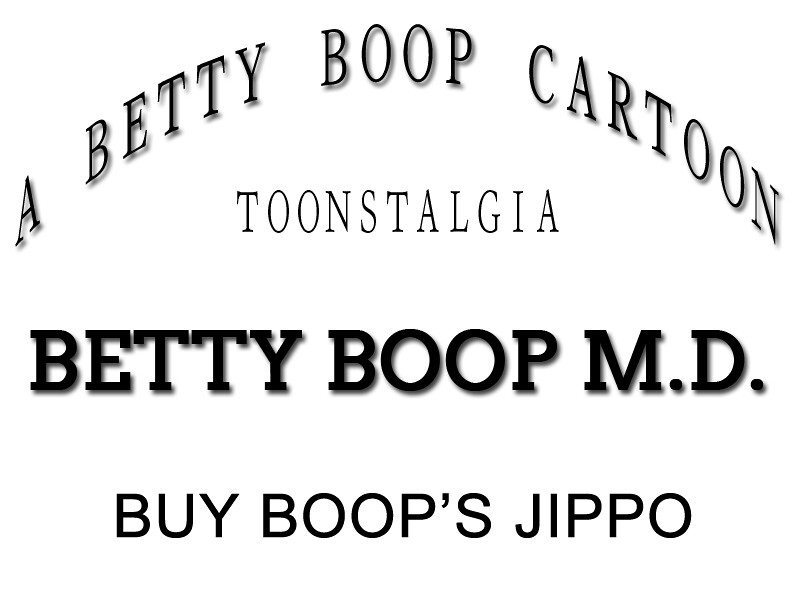Toonstalgia: Betty Boop's Bamboo Isle
A Fleischer Studio Cartoon
Directed by Dave Fleischer and Shamus Culhane
Animated by Shamus Culhane, Seymour Kneitel, Bernard Wolf
Betty Boop, Voiced by Mae Questel
Released 1932
Music by The Royal Samoans
 The Royal Samoans
The Royal Samoans
The Royal Samoans were a group that toured the United States performing in the 1920s and 30s. They provide the score for the cartoon and feature in the opening.
Bimbo meets Betty while traveling in the islands. Bimbo disguises himself and blends in with the natives. This all goes awry when they see through his disguise. From there, Betty and Bimbo must make a hasty escape.
Highpoints
The parts where the cartoon shines are where the characteristic Betty and Bimbo comedy and the dance modeled on the Royal Samoan dancer.
Pre-code
Betty wears a "fau" skirt (erroneously known to many as a grass skirt) and a "asoa" or "ula" garland. The provocative image would not have been approved after the code's enforcement. But I propose she wasn't just wearing a garland. Betty's dancing was based on the dancer in the beginning of the cartoon who is wearing a floral top. The animators may have simplified the costume for the ease of animation, left out the side straps to emulate her normal dress and unintentionally created the image of Betty just wearing the garland.
Is it racist?
At the time of this cartoon, American Samoa was a part of the United States and it still is. This cartoon was created 3 years after American Samoa was approved as a territory because the "Senate couldn't find them on the map" prior to that (Fairest Eden 1931).
It is racist. It is progressive. Hear me out. It was progressive in 1932 but it also includes stereotyped images. The Fleischers featured a non-white singing group in a cartoon. They also featured footage of the singing group in the beginning of the cartoon, their music through out and based Betty's dance on the Royal Samoan dancer. Their portrayal of a native culture features stereotypes and portrays islanders as savages. The cartoon is both racist and progressive for the era.
I know that's a strange argument to make. The world was pretty damn messed up then (not claiming it isn't now). In the 1930s, people believed in eugenics, "human zoos" existed in the early 1900s, the animators grew up on cartoons and media that often portrayed native cultures as savages and also no one had the ability to look up "Samoan Culture" on a computer.
I am only speculating as to the thoughts and intent of the writers and animators. They may have been repeating images and ideas they had seen all their life and as a result become inured to them. They may have attempted to create a cartoon celebrating the culture of Samoa and lacked the knowledge to represent a native culture. It may have all been a joke to them and the result of the exaggeration from which they drew humor for their cartoons. No one in Betty Boop cartoons is portrayed sensitively. People are dim, dumb, or caricatured as animals. Betty Boop herself is a caricature of a flapper.
Sources
Fairest Eden - https://www.youtube.com/watch?v=PMwng_7ApD0
https://en.wikipedia.org/wiki/Samoa
http://shop.polynesia.com/blog/grassskirts/
https://en.wikipedia.org/wiki/Lei_(garland)
Betty Boop's Bamboo Isles. Dir. Dave Fleischer. Perf. Mae Questel. Paramount Pictures, 1932.


